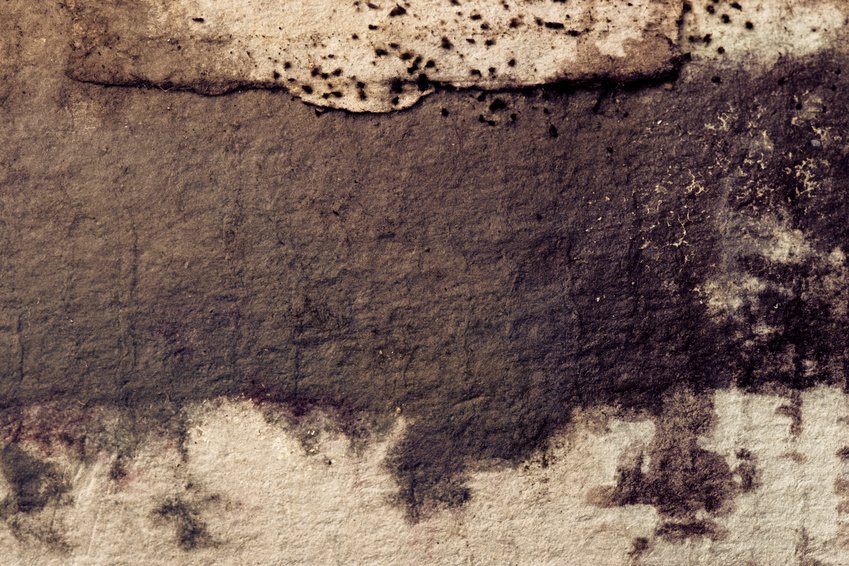Of all homes with basements, over 98% will experience some type of water damage. That’s why many homeowners are very preoccupied with ensuring that their basement or crawl space stays dry. A wet basement can cause all sort of problems regarding home and health, including mold. According to the EPA (Environmental Protection Agency) 100% of all types of mold have the potential to cause some health effects. This can be minor to severe and even death in some rare cases. Fortunately, there are a number of steps you can take to help ensure that your basement remains as dry as possible year round. Here’s part one of our homeowner’s guide to maintaining a dry basement.
Use Dehumidifiers
Dehumidifiers are just one effective moisture removal strategy. While they aren’t ideal for initial basement waterproofing, they’re typically implemented once your basement or crawl space is mostly dry to help keep control of the humidity level. Depending on the size of your basement, you may need to invest in multiple dehumidifiers, but this technique works — as long as you make sure to keep the dehumidifiers emptied and running.
Consider Water Resistant Paint
Water resistant paint is a great way to prevent what’s known as ‘weeping,’ which occurs when basement moisture condenses and drips down the walls. A water resistant paint is specially formulated to prevent this from being an issue, keeping your walls dry and protected from moisture and the potential for mold that comes with it.
Ensure Proper Water Flow
One important step all homeowners should take to keep their basements dry is to check the way water flows around the landscaping outside your home. Remember that plants should be placed a minimum of two feet from the foundation and low enough in the soil so as not to direct water toward the foundation. The ground should always slope away from your home; ask a professional if you feel as though your landscaping is negatively affecting natural water flow.
Ultimately, understanding these ways to keep your basement dry can help you protect both your health and your home. Keep an eye out for the next post, where we’ll discuss more effective basement moisture removal techniques.


